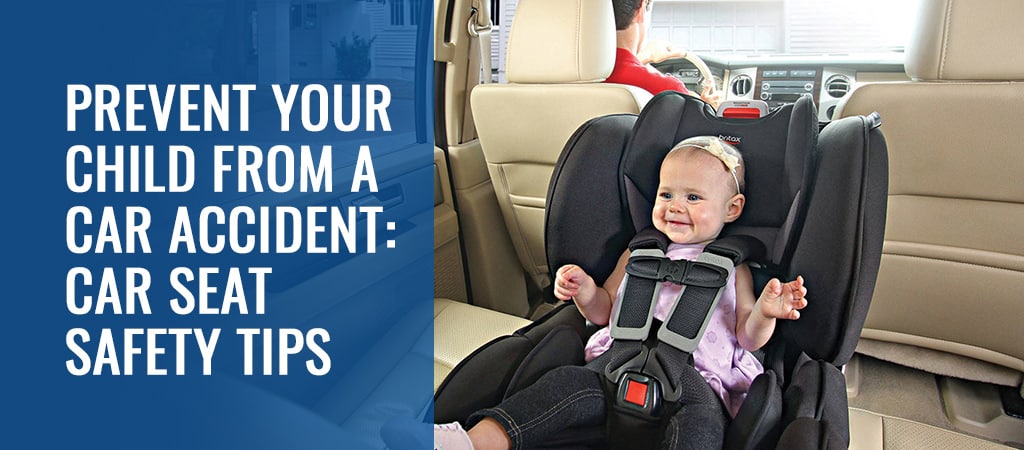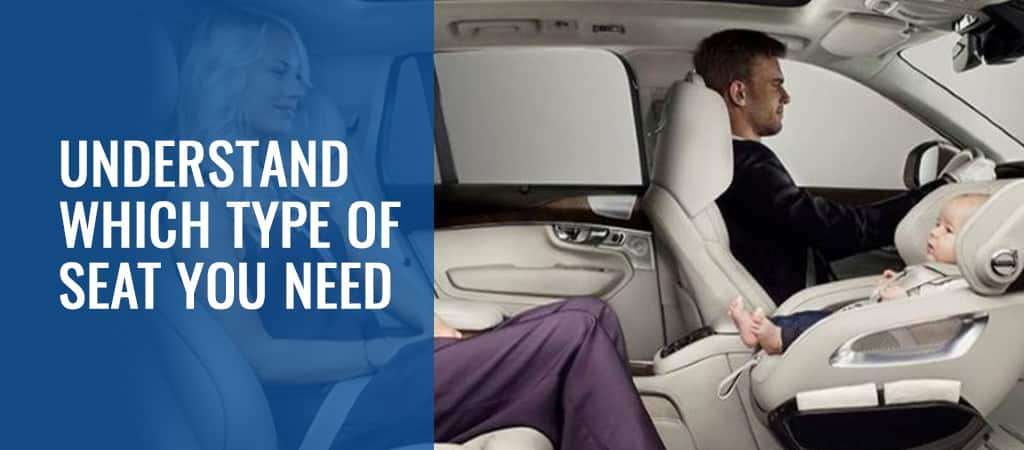- Our Firm
- Personal Injury
-
-
-
Personal Injury Lawyers
-
-
-
-
-
-
Injured in an accident? At Diamond & Diamond, our team of lawyers rely on their reputation in the field and extensive experience in personal injury to provide clients with a dedicated support system over the duration of their case.
-
-
-
-
-
HAVE YOU RECENTLY BEEN INJURED IN AN ACCIDENT?
-
-
-
- Corporate
- Class Action

How to Choose the Right Car Seat for Your Child?
Many people recognize that safety is one of their biggest priorities when putting a child into a vehicle. One of the most confusing aspects of safety gear is a car seat. Choosing the right car seat for your child can be an overwhelming process for parents who are just trying to do the right thing for their children and to protect their children from potentially devastating injuries.
No matter how you approach this process, it is important to take your time and to consider your child’s current age and height before making a final decision about your car seat.
Prevent Your Child from a Car Accident: Car Seat Safety Tips

Booster seats and car seats provide critical and even lifesaving protection for young riders in an accident.
Unfortunately, however, even with these significant advancements in technology and the number of companies providing car seat products, car crashes are a leading cause of death for children between the ages of 1 and 13. This is why it is essential to ensure that the car seat that you choose is the most appropriate for your child and that you have installed it properly so as to minimize the risk of potential accidents. In 2017, according to the National Highway Traffic Safety Association in the United States, hundreds of children were saved by wearing a car seat. There are four primary types of car seats.
Read Your Owner’s Manual
Each car seat you purchase should come with an owner’s manual. Read through it carefully to ensure it’s the right fit. Always be wary of purchasing a used car seat because it might have already been through an accident with a child, rendering it less or totally ineffective for protecting your child.
Understand Which Type of Seat You Need

The best seat for a young child to use is a rear facing car seat. This is because it cradles and moves with the child in a crash and leverages a harness to reduce the stress and impact on the child’s spinal cord and neck.
A forward-facing car seat has a tether and a harness that minimizes the child’s movement during a crash. These include all-in-one seats, combination seats and convertible seats. Booster seats are more appropriate for bigger children. These only include the lower portion of the car seat unless it is a combination seat or a booster seat with a high back. The booster seat positions the seatbelt over the child so that it fits over the strongest parts of the child’s body.
A seatbelt is meant for older children and should lie across the upper thighs while remaining snug across both the chest and the shoulder to restrain your child’s body in the crash. The seatbelt should not rest on the stomach area or across the face or the neck.
Get Your Car Seat Installed
There are many different car seat choices on the market. Thanks to the internet you have the power of looking at other customers’ reviews to determine whether or not a particular car seat is relatively easy to install and offers safety benefits. Younger children should always be placed in rear facing car seats. Throe children between the ages of 1 and 7 can use forward facing car seats. Children approximately between the ages of 4 and 12 can use booster seats and many children are able to start using seatbelts at age 8 and above.
Make sure that you keep an eye on your child’s weight as well since many car seats will have this information listed on the side of the box so that you can make an informed decision.
Make sure that you follow important installation safety tips when installing the car seat. Follow the manufacturer’s process carefully and contact them with questions if necessary. It is very possible that another parent with your car seat has put together a tutorial of how to install it appropriately on YouTube. Take advantage of this opportunity.
Recognize that once your child outgrows the car seat, manufacturer’s established limits or the physical car seat itself, you may need to purchase a new car seat. Safety of your child should always be top priority when looking for the right tools to use.
What Are the Requirements for a Booster Seat in Ontario?
The Ontario Highway Traffic Act requires that children between the weights of 18 kg and 36 kg who are less than 145 cm tall and under age 8 use a booster seat in the car. Make sure you have purchased one for your child.
Do You Need a Carseat in a Taxi in Ontario?
It’s a good idea to pick the right car seat for your child and take it with you while traveling. While you can have your child ride in the back of a taxi without a carseat, it can be unsafe to do so.
Need a Lawyer?
We are here 24/7 to address your case. You can speak with a lawyer to request a consultation.
1-800-567-HURTGet started with a free consultation
OUR TEAM
- Ishmeet Sandhu
- Nolan Bachmann
- Annamarie Demaj
- Jeffrey Hum
- Tofunmi Adeyeye
- Alessia De Gasperis
- Amandeep Chawla
- Jeremy Tsoi
- Kimiya Razin
- Shir Zisckind
- Gray Sinden
- Shelly Bard
- Christian Brown
- Daly Canie
- Tanveer Sohal
- Prianka Virdi
- Noah Brownstone
- Justin Kaminker
- Harinder S. Bhatti
- Craig Yargeau
- Kiran Birk
- Amit Singh
- Andrei Teju
- Maria Zahid
- Matthew Douglas
- Jacob Elyk
- Harry Gill
- Kristina Olivo
- Egi Bano
- Cam Woolley
- Charles Thompson
- Alexandra McCallum
- John Sime
- Allan Cocunato
- Patrick Poupore
- Erika Henderson
- Marina Korshunova
- Brandon Handelman
- Regeena Alapat
- Ryna Kim
- Natalia Poliakova
- Isaac Zisckind
- Manpreet Bhogal
- Mathura Santhirasegaram
- Nikolai Singh
- Sandra Zisckind
- Jeremy Diamond
- Michael Blois
- Darryl Singer
- Nadia Condotta
- Tinashe Madzingo
- Megan Armstrong
- Veronica D’Angelo
- Corey J. Sax
- Scott Tottle
- Steven Wilder
- TJ Gogna
- Jillian Carrington
- Joshua Himel
- Simon Diamond
- Cory Rubin
- Simon Mariani
- Brandon Greenwood
- Basil Bansal
- Nastassia Ivanova
- Tania Fleming
- George Laloshi
- Patrycja Majchrowicz
- Diana Iakossavas
- Dior Africa
- Alex Ragozzino
- Liana Saccucci
- Richard J. Chang
Head Offices
Main Offices
Barrie
Main Office
168 Bayfield Street
Calgary
Main Office
1331 Macleod Trail SE, Suite 645
Edmonton
Head Office
4246 97 Street NW, Unit 103
Halifax
Consultation Office
1701 Hollis St
London
Main Office
256 Pall Mall St, Suite 102
Oshawa
Consultation Office
50 Richmond Street E, Unit # 108 B
Ottawa
Main Office
955 Green Valley Crescent, Unit 315
Sudbury
Main Office
31 Larch Street, Unit 300
Timmins
Main Office
120 Cedar Street South, Unit 002A
Toronto
Head Office
255 Consumers Road, 5th Floor
Vancouver
Head Office
1727 West Broadway, Suite 400
Windsor
Main Office
13158 Tecumseh Rd. E. Unit 3B
Additional Areas Served
Ontario
- Ajax
- Alberta
- Aurora
- Barrie
- Belleville
- Bowmanville
- Brampton
- Brantford
- Brockville
- Bracebridge
- Bradford
- Burlington
- Burnaby
- Calgary
- Chatham
- Cobourg
- Collingwood
- Cornwall
- Durham
- Edmonton
- Elliot Lake
- Etobicoke
- Georgetown
- Guelph
- Hamilton
- Huntsville
- Kanata
- Kelowna
- Kingston
- Kitchener
- Leamington
- London
- Markham
- Milton
- Mississauga
- Muskoka
- Niagara Falls
- Newcastle
- Newmarket
- North Bay
- North York
- Oakville
- Orangeville
- Orillia
- Oshawa
- Ottawa
- Owen Sound
- Parry Sound
- Perth
- Peterborough
- Pickering
- Prince Edward County
- Richmond
- Richmond Hill
- Sault Ste Marie
- Sarnia
- Scarborough
- St. Catharines
- St. Thomas
- Stouffville
- Sudbury
- Surrey
- Thunder Bay
- Timmins
- Toronto
- Uxbridge
- Vancouver
- Wallaceburg
- Waterloo
- Welland
- Whitby
- Windsor
- Woodstock













